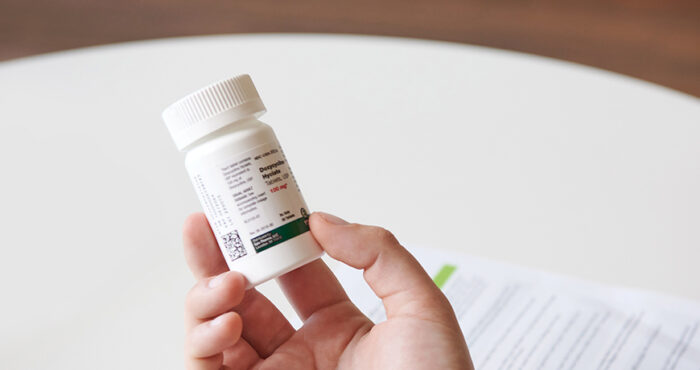In HIV treatment and prevention, we oftentimes use the term “undetectable” as a way to measure the success of a person’s HIV treatment. People who get and stay undetectable not only improve their health, but eliminate the possibility of transmitting HIV to others. This concept was recently celebrated in an important article in the Journal of the American Medical Association by authors at the National Institutes of Health.
But what does undetectable mean, in these conversations? How do we define who’s undetectable—and who’s not?
In the simplest definition of undetectable, the amount of virus in a person’s blood is so low that it can’t be measured by the viral load test being used. In this sense, the dividing line between who is undetectable—and who is not—depends on the lower threshold of the viral load test used. Viral load tests detect varying lower levels of virus, which means that one person could be detectable on a test with a lower threshold (i.e., less than 50 copies/mL or <50) and undetectable on a test with a higher threshold (i.e., <200).
Older tests measured viral loads of <400 and above, which meant that any viral load <400 is considered to be undetectable as defined by these tests. More recently-developed tests can measure levels of virus as low as between 20 – 50. With these tests, only people with viral loads <50 (and sometimes <20) are considered to be undetectable. These tests have gained widespread use, so if you live in the U.S. and have recently had your viral load measured, it was likely with one of these tests.
Special tests used in research settings can identify virus copies as few as 1 – 5, but these are not FDA-cleared for routine clinical use.
This raises the question of what viral load levels to consider when we’re talking about being undetectable in the context of “Undetectable = Untransmittable.” Are all undetectable viral loads equally untransmittable?
For instance, say a person has a viral load <400, but higher than 20 copies. Their viral load might be undetectable on one test, and detectable on a completely different test. What does this mean in terms of HIV prevention?
We look to large clinical research studies to help us answer this question as it relates to HIV prevention. There is substantial evidence that a viral load <200 is sufficiently suppressed to virtually eliminate HIV transmission risk to an uninfected partner.
| Study name | Year final results published | HIV RNA threshold (copies/mL) | Participants | Estimated sex acts or couples | Linked HIV transmission events |
| PARTNER | 2016 | <200 | Men who have sex with men | 22,000 sex acts | 0 |
| Heterosexual | 36,000 sex acts | 0 | |||
| PARTNER2 | 2018 | <200 | Men who have sex with men | 77,000 sex acts | 0 |
| HPTN 052 | 2015 | <400 | Heterosexual | 1,763 couples | 0 |
| Opposites Attract | 2017 | <200 | Men who have sex with men | 17,000 sex acts | 0 |
In real life, whether your viral load is 50, 100, or 200 copies may not matter as much as how long your virus has been suppressed.
Borrowing language from the National Institutes of Health, we say a person has been “durably suppressed” if their viral load has been undetectable for at least six months after the first undetectable result. People who are durably suppressed do not transmit HIV to partners.
The longer you take HIV medications, the lower your viral load will get, diminishing the level of virus in the bloodstream and reservoir sites. (Reservoir sites are where inactive virus “hides” from the immune system.)
As a clinician, I tell clients about the importance of becoming undetectable, and help them come up with ways to stay on and continue to take their HIV medications. Being able to stay adherent to HIV medications—in other words, to take them every day as prescribed—affects the day-to-day presence of virus in the bloodstream.
The longer an individual has been fully adherent to HIV medications, the more reliably their viral load will be suppressed, and thus the more predictably the above data will apply to individual circumstances.
—
Find additional information about undetectable and get answers to your burning questions about undetectable.










